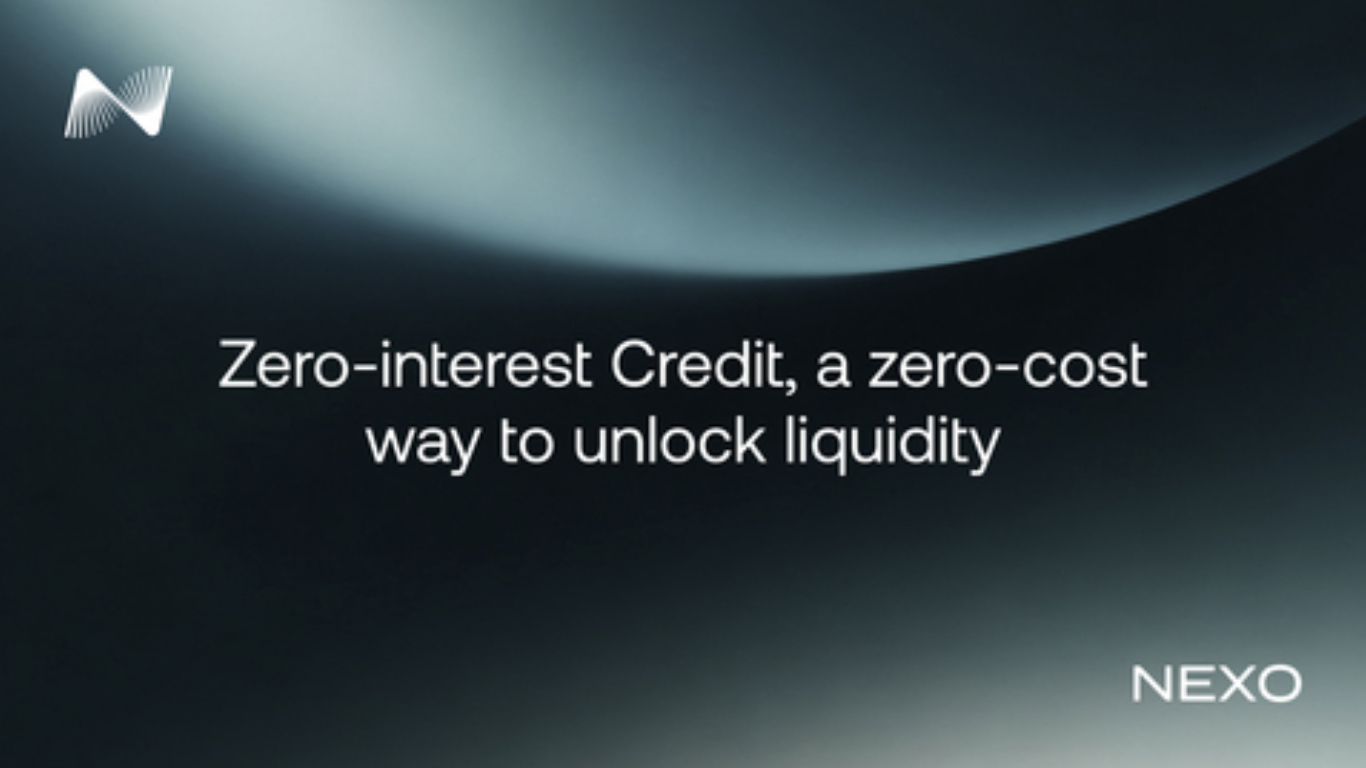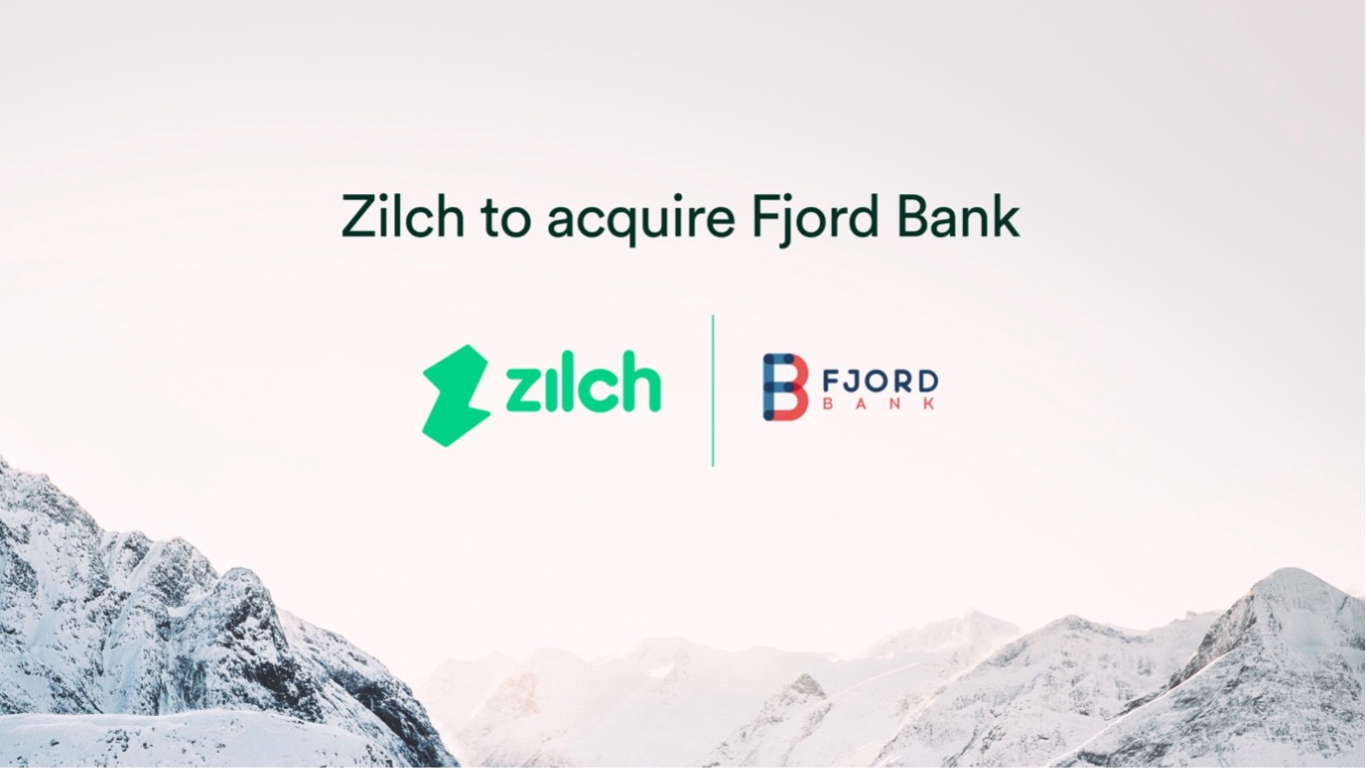For both trader categories – newcomers or experienced investors – an exchange platform for cryptocurrency is far more than just a digital place to buy and sell assets. A properly chosen trading platform is the core tool that makes the entire trading process possible. Nonetheless, behind every transaction, there are always fees to pay, and for many users, these costs can slowly chip away at profits, making the process feel less rewarding. Understanding how fee structures work, what factors influence them, and which options exist to reduce them is essential for anyone who wants to begin their crypto journey and get the most out of it.
What types of fees can you expect to face on an exchange platform for cryptocurrency?
- Trading fees: The most common type of fee, present on nearly every exchange, is applied to each executed trade. Typically, trading fees come in two forms: the maker fee and the taker fee. If you place an order that adds liquidity to the order book (for example, selling assets) and it waits for execution, you pay the maker fee, which is usually lower. On the other hand, if you place a market order that is executed instantly (buying assets), you pay the taker fee, since you are removing liquidity, and this fee is higher. Many platforms have their own policies and often adjust these fees depending on your trading volume or account level.
- Deposit/Withdrawal fees: For cryptocurrencies, these fees depend on the type of network you use for transactions. For example, withdrawing Bitcoin or Ethereum may cost more due to their high demand and heavy network activity. When it comes to fiat money, fees vary by payment method: a direct bank transfer is typically cheaper, while credit card transactions often come with higher charges or fixed percentages.
- Network fees: Unlike trading fees, these are not set by the exchange platform for cryptocurrency but by the blockchain network itself. They depend largely on how busy the network is at the time of your transaction.
- Hidden fees: Not all costs are obvious. Some less reliable platforms set lower exchange rates when converting one cryptocurrency into another, creating a so-called “spread” that benefits the platform rather than the trader. To avoid losing money, always double-check the real market rate before confirming a transaction.
What influences the size of fees on an exchange platform for cryptocurrency?
- Type of platform: Centralized platforms usually have fixed rates and may offer discounts based on trading activity, whereas decentralized platforms adjust fees in real time depending on blockchain gas costs.
- Trading volume: The more you trade, the more likely you are to receive discounts as a loyal customer. Many platforms run loyalty or VIP programs that reward high-volume traders with perks.
- Platform’s native tokens: Some platforms issue in-house tokens and reduce fees if you pay with their “local” currency. This benefits both sides: traders save more, while platforms increase demand for their token.
- Order type: Limit orders are generally cheaper because they add liquidity. Market orders prioritize speed and often cost more. Complex orders may also have their own fee structures.
- Regional promotions: Depending on your location, platforms may reduce fees for using local currencies or run promotional campaigns. Examples include zero-fee trading pairs, signup bonuses, staking discounts, and referral rewards.
How can traders reduce costs and make smarter choices on an exchange platform for cryptocurrency?
- Compare exchanges before committing: Don’t rush into the first option you see. Study different fee structures and select the platform that matches your financial goals.
- Consolidate transactions: Instead of making multiple small trades, consider combining them into fewer larger ones to cut overall costs.
- Use limit orders whenever possible: They not only give you more control over pricing but also often qualify for lower maker fees.
- Take advantage of loyalty programs: Discounts, token-based rewards, or referral bonuses all help you retain more profit.
Fees are an unavoidable part of using an exchange platform for cryptocurrency, but they should never stand in the way of your success. By understanding the types of fees and the factors that shape them, you can minimize costs and maximize your bottom line. Remember, every small saving adds up — and over time, it can be the difference between being an average trader and becoming a consistently profitable one.
Article received via email































